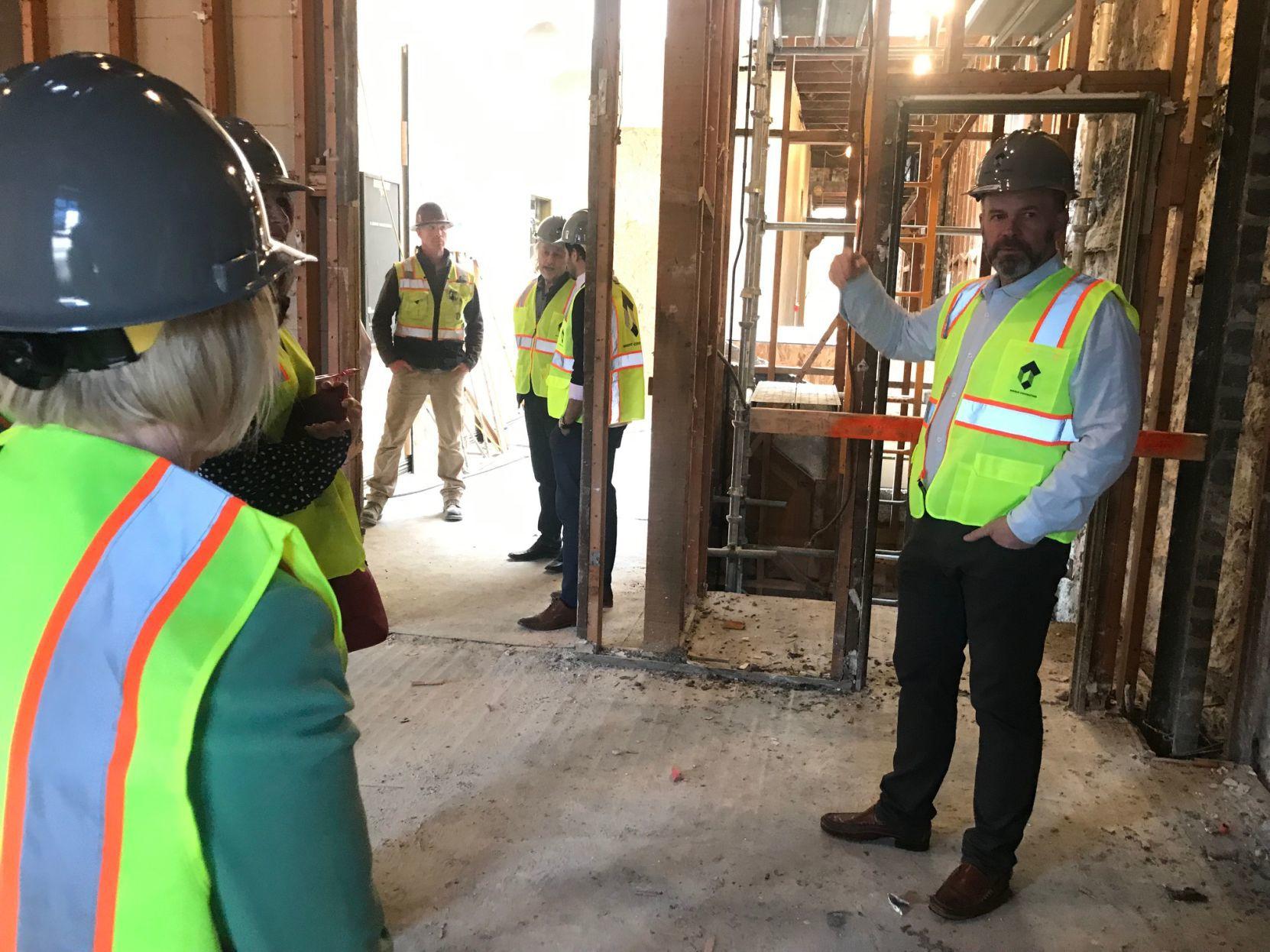
By Jennifer Huffman, Napa Valley Register
Napa’s Westwood and downtown neighborhoods might not seem to have much in common, but both areas should benefit from a new investment tool called opportunity zones.
The rules around the program have taken shape in recent months, but a 2017 federal tax law offers significant tax breaks to investors who fund new developments, such as housing or commercial projects, or fund new businesses in those designated opportunity zones.
Napa has two such zones: one in downtown Napa and one in the Westwood neighborhood west of Highway 29. In downtown, developers of a planned hotel at the site of the old post office and a makeover underway at the historic Gordon Building credit opportunity zone benefits with boosting their projects.
“It’s a great opportunity for Napa,” said Robin Schabes, city of Napa economic development manager.
Jim Keller, the co-developer of the Franklin Station hotel at Napa’s historic downtown post office, said benefits from the opportunity zone designation were the tipping point to bring on new partner Cypress Equities.
“It’s a huge advantage,” said Keller. “It opens up the door for a lot more aggressive investment and more people to invest because of the benefits.”
“Would this have happened if we weren’t in an opportunity zone?” Keller asked rhetorically. The chances were 50-50, he said.
His five-story luxury hotel project is scheduled to have a preliminary review before the city’s Planning Commission on Thursday evening.
Opportunity zones are a good thing for Napa, said Mayor Jill Techel.
For those properties or buildings that would be expensive to rehabilitate, for example downtown Napa’s Gordon Building on First Street, the opportunity zone designation provides incentives “that make it feasible for developers to take on some of those challenging projects,” she said.
Todd Zapolski is the co-developer of the Gordon Building – as well as the larger, adjacent First Street Napa commercial project.
“I don’t think the Gordon Building (redevelopment) would have gotten off the ground, or as soon, without that extra lift,” he said. Being in an opportunity zone “made that much difference to put us over the line to get it done.”
“I think Napa will benefit substantially” from the new designation, said Zapolski. The opportunity zone designation is “that extra thing” that can help move a project to a “go.”
Zapolski said the opportunity zone designation will also benefit anyone who’s looking to raise capital to start or fund a small business.
“It’s not just a real estate tool, it’s also a business tool,” added Zapolski.
Family, friends or anyone who invests in a new business located in an opportunity zone can benefit from having their capital gains taxes deferred, reduced or eliminated.
Zapolski is working with a potential First Street Napa restaurant tenant in that situation right now.
“Anybody can do this” – not just real estate developers, he said.
Under the national program, investors can avoid paying federal capital gains taxes for seven years if they invest in an “opportunity fund,” which backs projects in the newly created opportunity zones.
If they invest this year, they’ll pay 15 percent less tax at the end of that seven-year period. And if they hold onto the opportunity zone investment for 10 years, they’ll pay no tax on the profit.
Gov. Gavin Newsom has proposed adding more state tax incentives for investments in opportunity zones.
“This tool is so flexible” as to the kinds of projects or investments that can qualify, said Schabes. “It allows for a new untapped source of capital to be invested within these opportunity zones. It’s having access to money that otherwise might not be available.”
Being in “the zone” could help encourage development of properties that would yield affordable or workforce housing or additional commercial development that otherwise might not be feasible but for this incentive, she said.
It could also support job creation for a business looking to start or expand in an opportunity zone. “It could make a big difference,” Schabes said.
“At the end of the day, this is a great opportunity to get some additional capital resources.”
To qualify as an opportunity zone, a neighborhood must have a poverty rate of at least 20 percent or a median family income that doesn’t exceed 80 percent of the regional or statewide median income.
Some may be surprised that parts of Napa, such as downtown, have a poverty rate or median family income that qualify. However, the city’s zones comply with the state’s criteria, said Jaina French, city of Napa spokeswoman.
“This investment in designated census tracts helps these underserved areas gain access to capital resources,” French said.
Using that criteria, California officials selected nearly 900 of the state’s roughly 8,000 census tracts for the program. There are an estimated 9,000 opportunity zones across the U.S.
The program is designed to attract investors holding $6.1 trillion in unrealized capital gains, according to the Economic Innovation Group.
Napa-specific numbers are not available, but the nonprofits California Forward and Golden State Opportunity estimate that between $745 million and $1.2 billion in new economic activity in opportunity zones could be generated this year in California. In subsequent years, increased economic activity would range from more than $700 million to nearly $500 million, the groups reported.
Schabes said the city is ready to assist developers or investors who want more information about Napa’s two opportunity zones.
“We have very knowledgeable staff willing to work with them to identify potential opportunities that benefit the community and work with those entities throughout the process,” she said.
